Jumping Spider
- February 28, 2024
- 0 comment
Jumping spiders, members of the Salticidae family, are fascinating arachnids renowned for their incredible agility and distinctive hunting techniques. Unlike their web-spinning counterparts, jumping spiders rely on keen eyesight and lightning-fast reflexes to capture prey. With over 6,000 species identified worldwide, they come in a diverse array of colors and patterns, often showcasing vibrant hues and intricate markings. Despite their diminutive size, usually ranging from 1 to 25 millimeters, jumping spiders possess disproportionately large, forward-facing eyes that grant them exceptional vision.

Found in various habitats ranging from tropical forests to urban landscapes, these spiders are adept at adapting to diverse environments. Their hunting prowess is remarkable; they employ a combination of stalking and pouncing techniques, leaping several times their body length to seize unsuspecting insects. While some may harbor fears due to their appearance, jumping spiders are generally harmless to humans and even beneficial as they help control pest populations. Their fascinating behaviors, intriguing adaptations, and cultural significance make them captivating subjects of study and admiration for both scientists and enthusiasts alike.
| Specifications | Description |
|---|---|
| Family | Salticidae |
| Size | Typically 1 to 25 millimeters |
| Eyes | Large, forward-facing for excellent vision |
| Hunting Technique | Active hunting using keen senses and jumping |
| Habitat | Diverse habitats worldwide |
| Adaptability | Able to thrive in various environments |
| Behavior | Agile, skilled hunters with lightning-fast reflexes |
| Diet | Feeds on small insects such as flies and ants |
| Venom | Generally harmless to humans |
| Cultural Significance | Represented in various cultures and media |
| Conservation Status | Faces threats from habitat loss and pesticides |
| Interest | Fascinating subject of study and admiration |
Masters of Acrobatics
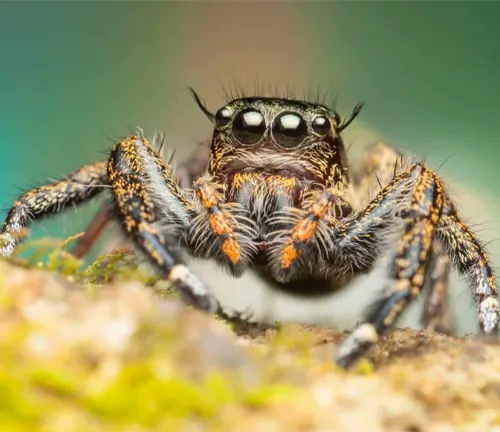
Jumping spiders, known for their remarkable agility and keen hunting skills, belong to the Salticidae family, with over 6,000 species identified worldwide. These tiny arachnids, ranging from 1 to 25 millimeters in size, exhibit a fascinating array of behaviors and adaptations that make them intriguing subjects of study and admiration.
Jumping spiders are small, agile arachnids known for their remarkable jumping ability and acute vision. Unlike other spiders, they don’t spin webs to catch prey but instead actively hunt using their keen senses and lightning-fast reflexes.
Physical Appearance
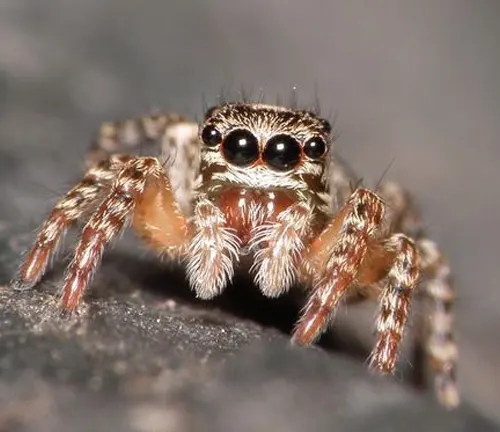
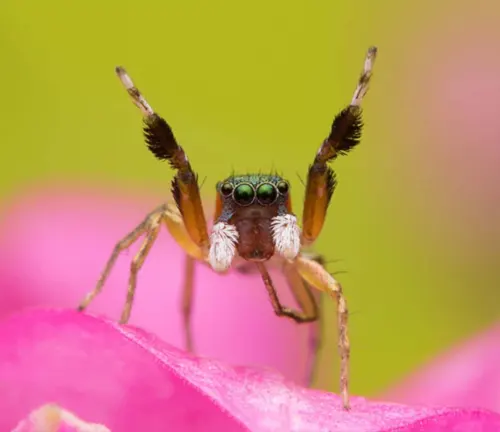
Jumping spiders boast a distinctive physical appearance that sets them apart from other spider species. Typically ranging from 1 to 25 millimeters in size, these arachnids exhibit a remarkable diversity of colors and patterns. One of their most striking features is their large, forward-facing eyes, which provide them with excellent vision for hunting. The arrangement of their eyes can vary among species, but they generally have eight eyes in total. Their bodies are compact and often adorned with intricate markings, including stripes, spots, and iridescent hues. Despite their diminutive size, jumping spiders are known for their agility and graceful movements, which they use to navigate their environment and capture prey. Overall, their unique physical appearance and keen senses make them captivating subjects for observation and study.
Habitat and Distribution
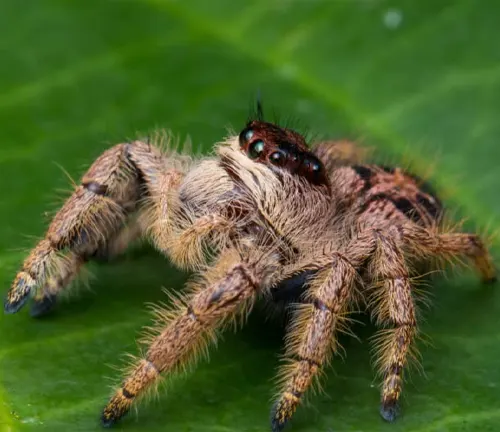

Jumping spiders can be found in a wide range of habitats around the world, exhibiting remarkable adaptability to various environments. They inhabit diverse ecosystems, including forests, grasslands, deserts, and even urban areas. While some species prefer specific habitats, such as tropical rainforests or temperate woodlands, others thrive in more open landscapes like meadows or gardens.
Their distribution spans across continents, with different species occupying different regions. For example, some jumping spiders are endemic to specific countries or regions, while others have a more widespread distribution across multiple continents.
In general, jumping spiders are most abundant and diverse in tropical regions, where they can be found in abundance due to the rich biodiversity and favorable climate conditions.
Behavioral Traits
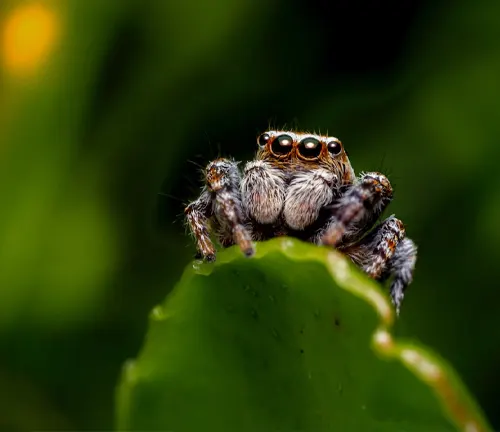
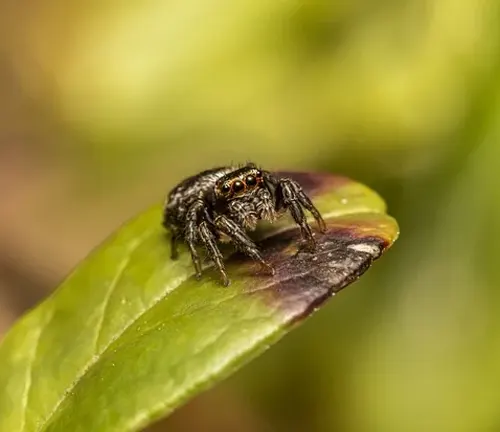
Jumping spiders are renowned for their fascinating behavioral traits, which contribute to their success as agile hunters and adaptable predators. These arachnids exhibit a range of behaviors that showcase their intelligence, agility, and social interactions.
One of the most notable behavioral traits of jumping spiders is their hunting technique. Unlike many other spider species that passively wait for prey to become ensnared in webs, jumping spiders are active hunters. They rely on keen eyesight and lightning-fast reflexes to stalk and pounce on their prey. With remarkable precision and agility, they can leap several times their body length to capture unsuspecting insects. This hunting strategy allows jumping spiders to target a wide range of prey, including flies, ants, moths, and beetles.
In addition to their hunting prowess, jumping spiders also exhibit complex mating behaviors. During the mating season, males perform elaborate courtship displays to attract females. These displays often involve intricate dances, vibrational signals, and visual cues to communicate their intentions and fitness. Some species even offer gifts to females as part of the courtship ritual.
Diet and Feeding Habits
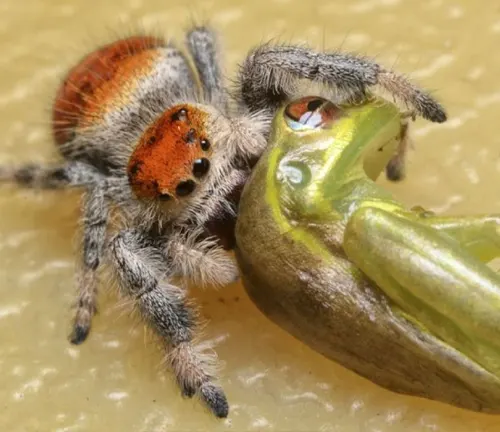
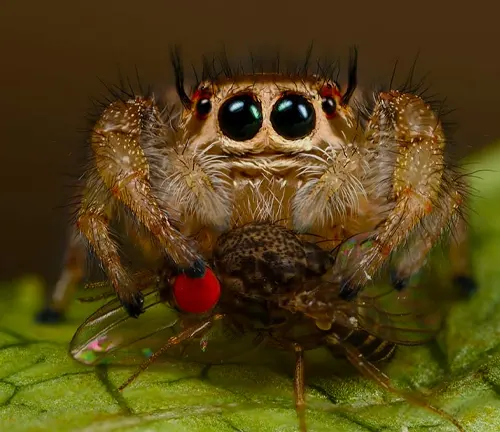
Jumping spiders are carnivorous predators with a diverse diet consisting mainly of small insects. These agile arachnids actively hunt for prey rather than relying on passive methods like building webs. Their diet typically includes flies, ants, moths, beetles, and other small arthropods found in their habitat.
Using their keen eyesight and acute senses, jumping spiders stalk their prey with precision and patience. When they detect a suitable target, they employ a combination of stealth and lightning-fast reflexes to approach and capture it. With remarkable agility, they leap towards their prey, immobilizing it with a quick bite from their fangs.
Once the prey is subdued, jumping spiders inject digestive enzymes into the body to liquefy the tissues, making it easier to consume. They then feed on the liquefied contents, extracting nutrients essential for their survival and growth.
Jumping spiders are opportunistic feeders, meaning they will consume a wide variety of prey depending on availability and opportunity. While they primarily hunt live insects, they may also scavenge on dead or immobilized prey if the opportunity arises.
Adaptations for Hunting
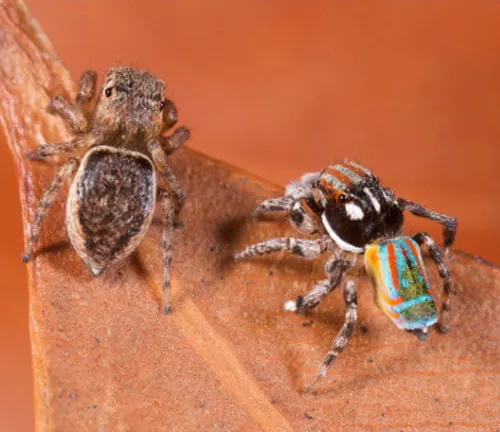

Jumping spiders have evolved a remarkable set of adaptations for hunting, allowing them to be highly successful predators in their environments. These adaptations are finely tuned to enhance their agility, precision, and efficiency in capturing prey.
One of the key adaptations for hunting in jumping spiders is their exceptional vision. Unlike many other spider species, jumping spiders have large, forward-facing eyes that provide them with excellent depth perception and visual acuity. This acute vision allows them to accurately judge distances and track fast-moving prey with remarkable precision.
Interaction with Humans
Jumping spiders often elicit mixed reactions from humans due to their unique appearance and behaviors. While some people may feel uneasy or fearful around them, others find them fascinating and even endearing. As a result, the interaction between humans and jumping spiders can vary widely depending on individual perspectives and cultural beliefs.
For many people, encountering a jumping spider can be an unexpected and sometimes unsettling experience. Their compact size, rapid movements, and large, forward-facing eyes can evoke feelings of surprise or apprehension. However, jumping spiders are generally harmless to humans and rarely pose any threat. They do not bite unless provoked, and their venom, if present, is not considered medically significant.
Interesting Facts
- Some jumping spiders have been observed displaying complex mating rituals, including courtship dances and gift-giving behaviors.
- Certain species are capable of adjusting their colors to match their surroundings, aiding in camouflage while hunting.
Jumping Spiders in Culture and Media
Jumping spiders have been depicted in various cultures, often symbolizing agility, cunning, and adaptability. They have also made appearances in literature, folklore, and films, showcasing their intriguing nature.
Different Species
Phidippus audax
Commonly known as the Bold Jumping Spider, recognized for its black body with white markings and fearless demeanor.
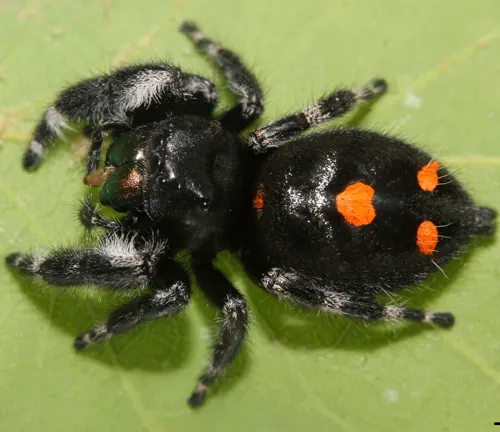
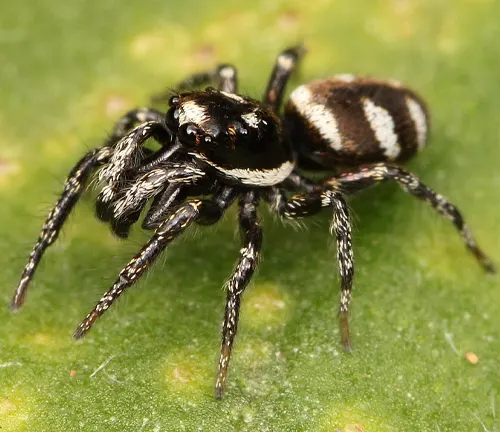
Salticus scenicus
Also called the Zebra Jumping Spider, characterized by its black and white striped abdomen resembling a zebra pattern.
Habronattus americanus
Found in North America, this species displays vibrant colors and intricate patterns on its body, contributing to its visual appeal.

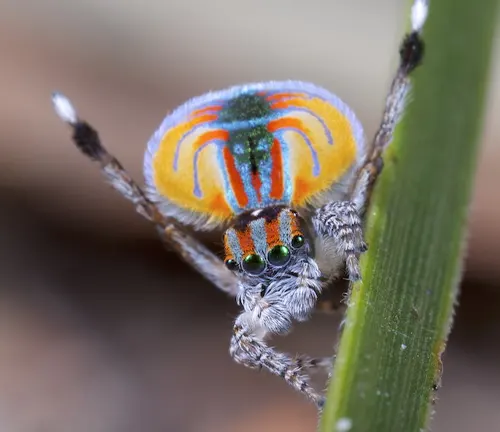
Maratus volans
Known as the Peacock Spider, this species native to Australia showcases colorful and intricate abdominal patterns, often resembling the vibrant plumage of peacocks.
Evarcha culicivora
A specialized species known as the Vampire Jumping Spider, which primarily preys on blood-engorged mosquitoes.
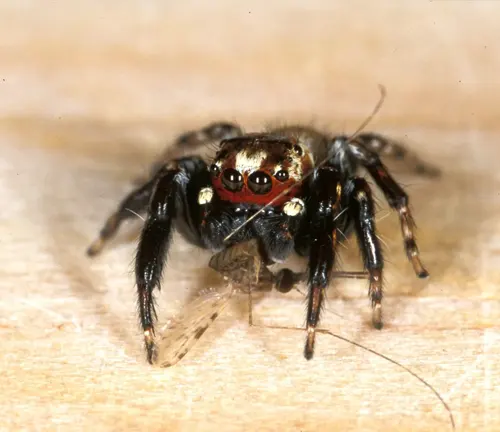
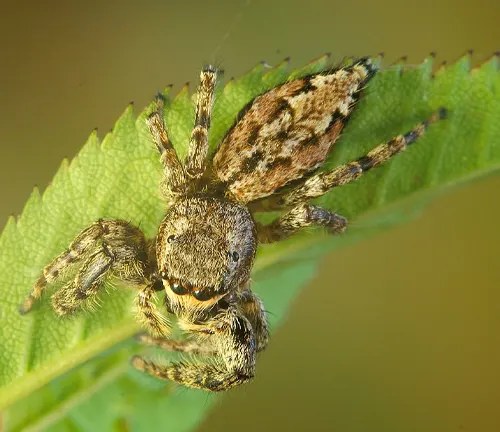
Marpissa muscosa
Identified by its greenish coloration and distinctively patterned body, this species is commonly found in grassy habitats.
Hasarius adansoni
A widespread species known for its agility and ability to adapt to urban environments, often found in gardens and parks.

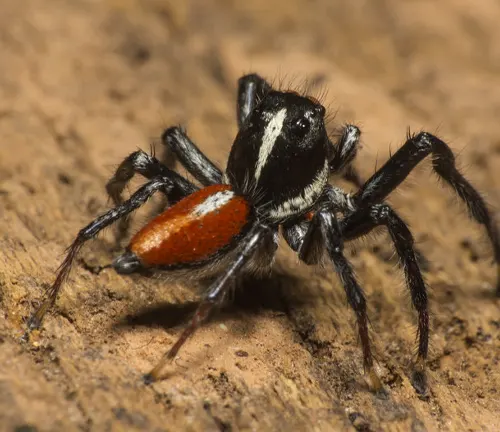
Phiale gratiosa
Native to Southeast Asia, this species exhibits striking colors and patterns, making it a sought-after subject for macrophotography.
Saitis barbipes
Recognized by its elongated body and distinctive facial markings, this species is found in various habitats across Europe and Asia.
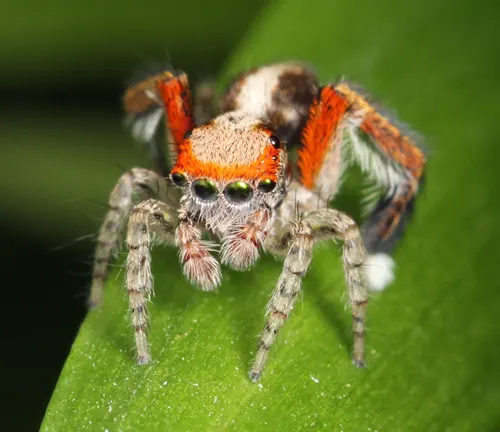
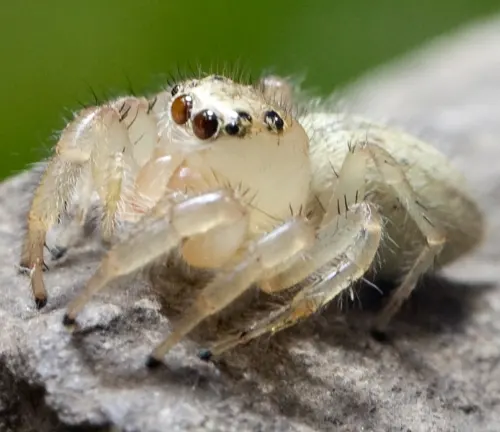
Thiodina puerpera
A small species with a predominantly black body and contrasting white markings, often found in wooded areas and grasslands of North America.
Different Species
- Are jumping spiders dangerous to humans?
No, jumping spiders are generally harmless and rarely bite humans unless provoked. Their venom is not considered medically significant. - How do jumping spiders jump long distances?
Jumping spiders possess specialized muscles and hydraulic pressure systems that enable them to propel themselves with remarkable precision and force. - What do jumping spiders eat?
Jumping spiders primarily feed on small insects such as flies, ants, moths, and beetles. They are opportunistic hunters and will consume a wide variety of prey. - Do jumping spiders build webs?
No, jumping spiders do not build webs like other spider species. Instead, they actively hunt for prey using their keen eyesight and agile movements. - Can jumping spiders be kept as pets?
Yes, jumping spiders can be kept as pets in terrariums with appropriate ventilation and substrate. They are fascinating creatures to observe and care for due to their unique behaviors. - How long do jumping spiders live?
The lifespan of jumping spiders varies depending on species and environmental factors. Generally, they can live for several months to a few years in captivity. - Do jumping spiders have predators?
Yes, jumping spiders have natural predators such as birds, lizards, and other spiders. Their agility and quick reflexes help them evade predation to some extent. - How many eyes do jumping spiders have?
Jumping spiders typically have eight eyes arranged in various configurations on their cephalothorax. These eyes provide them with excellent vision, including forward-facing principal eyes for detailed images. - Are jumping spiders social animals?
While jumping spiders are solitary hunters, some species exhibit social behaviors during mating rituals or when sharing communal resources such as shelter. - Can jumping spiders swim?
Jumping spiders are not adapted for swimming and generally avoid water. However, some species can float on the surface tension of water for short periods if necessary. - How do jumping spiders communicate?
Jumping spiders communicate through visual displays, body language, and sometimes vibrations or pheromones, especially during courtship and territorial interactions. - Do jumping spiders exhibit parental care?
Some species of jumping spiders demonstrate maternal care, with the female guarding her eggs and young until they are ready to disperse.



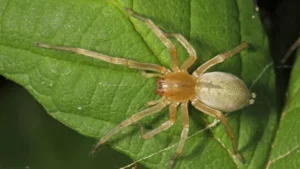
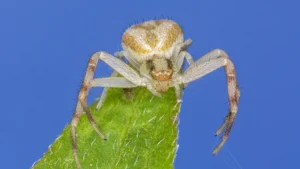
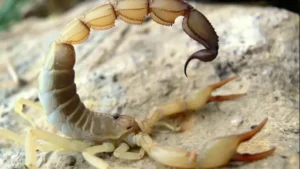
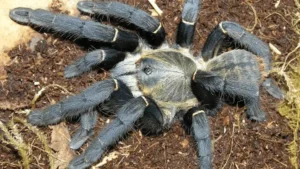
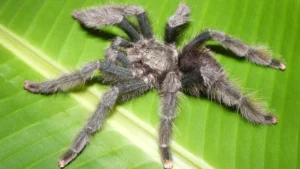
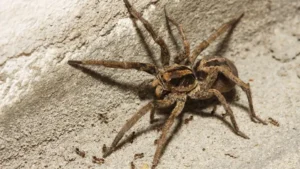
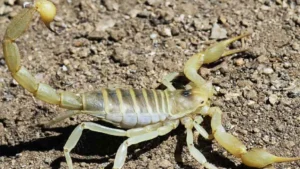
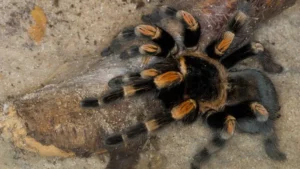
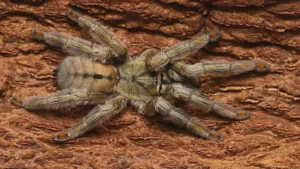


Leave your comment